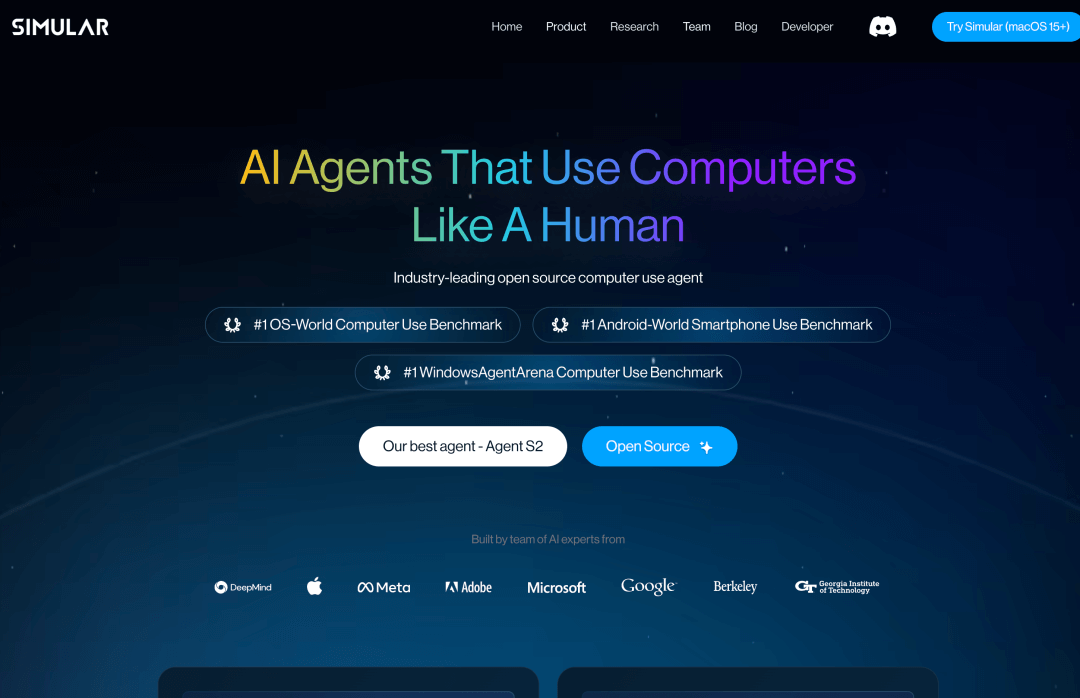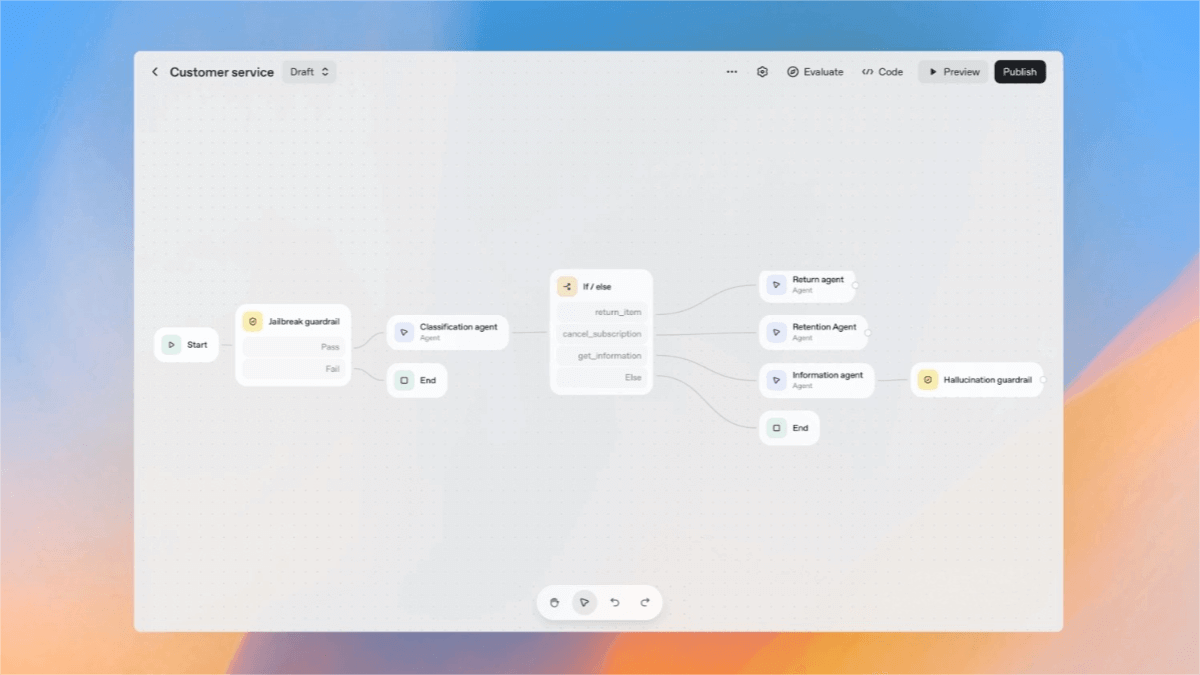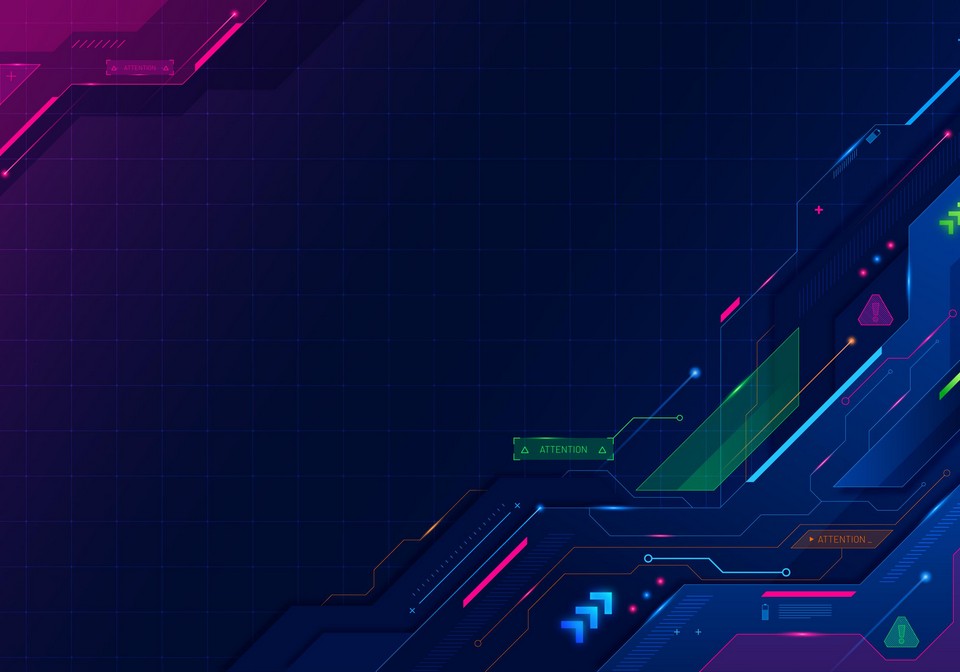Agent S2: A New Era of AI-Powered Productivity with a Modular Multimodal Framework
What is Agent S2?
Agent S2 is the second-generation open-source AI agent framework developed by Simular AI. It enables intelligent agents to operate graphical user interfaces (GUIs) on computers and smartphones—just like a human—executing complex tasks autonomously. The framework combines general-purpose foundation models with task-specific expert modules, adopts a modular architecture, and supports cross-platform operations. It has set new state-of-the-art (SOTA) records across multiple authoritative benchmarks.

Key Features
-
Cross-Platform GUI Interaction: Supports GUI automation on desktop, mobile, and browser environments by simulating mouse and keyboard actions to complete tasks.
-
Proactive Hierarchical Planning: Utilizes a layered architecture of high-level strategy and low-level execution models for dynamically adjusting plans, making it efficient for long-horizon tasks.
-
Visual Interaction and Localization: Leverages visual models to detect and operate UI components—buttons, text, images—based solely on screenshots.
-
Expert Module Collaboration: Integrates dedicated expert modules for specific subtasks such as text highlighting or image processing to offload work from the core model.
-
Memory and Continual Learning: Records historical interactions to improve future task strategies, enabling personalized automation over time.
Technical Principles
-
Modular Architecture: Inspired by the brain’s modular structure, Agent S2 delegates different subtasks to the most suitable models for efficient cooperation.
-
Pure Vision-Based Interaction: Operates solely through visual input without relying on structured metadata, enhancing adaptability across environments.
-
Proactive Task Planning: Continuously updates execution plans to prevent error accumulation and improve task success rates.
-
Expert Collaboration: Uses auxiliary modules for handling specialized tasks, enhancing overall performance and flexibility.
-
Long-Term Memory: Maintains contextual memory to refine future behaviors and deliver intelligent, user-specific experiences.
Project Links
-
Official Site: https://www.simular.ai/articles/agent-s2
-
GitHub Repository: https://github.com/simular-ai/Agent-S
-
arXiv Paper: https://arxiv.org/abs/2504.00906
Application Scenarios
-
Personal AI Assistant: Automates everyday tasks like file management, email replies, and calendar scheduling.
-
Enterprise Workflow Automation: Executes repetitive operations within office software or ERP systems to boost efficiency.
-
Education and Research: Serves as a tool to teach students about task planning and human-computer interaction.
-
Software Testing and Development: Automates GUI testing for broader test coverage and reduced manual intervention.
-
Accessibility Support: Assists individuals with disabilities in operating digital devices, promoting digital inclusion.
Related Posts




